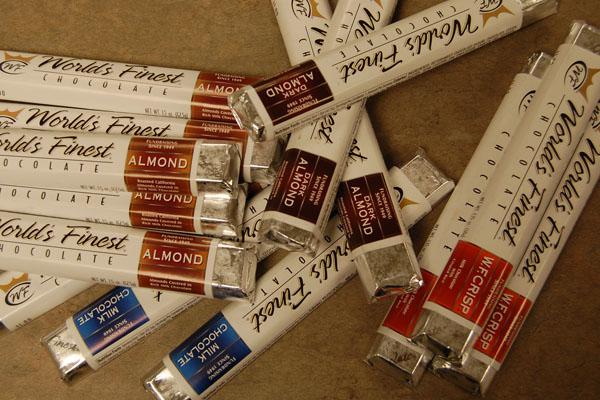As promised, this blog will feature chocolate. Yes, chocolate, the delicious, creamy, sugary, rich… fundraiser. Anyone at RB must be aware that chocolate bars are the fundraiser of choice, for clubs, sports, and this year’s musical. These confections belong to a market in RB, one specifically that economists call perfect competition.
Before I begin, I will make clear something my best friend pointed out to me. Earlier I said that everything can be explained by economics. As you probably know, the world came first, and the point of economics is to explain it. So, perhaps it is better to say that economics tries to explain everything.
That said, I explained last time about supply and demand, and how the quantity of each changes with the price of the item. When price is high, quantity demanded is low and quantity supplied is high. When price is low, the reverse occurs. Lots of people will demand the object, and few people will supply it. But when you think about the fundraiser chocolate, you may notice that the price never changes. Those chocolate bars always cost exactly one dollar. Why? It’s because the market for this specific chocolate is perfectly competitive.
What this means is that the people selling the chocolate in school can’t change the price. Imagine what would happen if they tried. What if one student decides “this chocolate is worth more than a dollar, so I’ll charge two dollars!”? People will come up to her with a dollar in hand and be unable to buy a bar. Under normal conditions of supply and demand, she would just have to deal with fewer customers. In this case, though, those hungry students who need a sugar fix will just go to the next athlete/clubber/actor and buy the exact same kind of chocolate for one dollar. Since the chocolate each person is selling is practically identical, no one can raise the price and still expect to sell their product.
Now say someone wants to lower the price on their chocolate to try to sell more. Of course people will buy it! But the chocolate needs to be paid for somehow, and if the bars aren’t sold for a dollar, the extra money will have to come out-of-pocket from the seller. In other words, he will have lost money. That’s hardly efficient, and not worth lowering the price.
This means that the seller has absolutely no power to change the price of his chocolate. Not only that, but when a firm is stable, it should be making no profit and no loss because of where the price is set.
Does that make sense? Think of it this way. If EVERYONE agrees to set price of chocolate high enough that the students can make extra money for themselves, what do you think will happen? Every club will see this easy way to make money and will start selling the bars. The school, a.k.a. the market, will be glutted with chocolate, and most people probably won’t be able to sell all their wares. In order to sell them, the price of the chocolate will end up decreasing, until it’s back at the set price. Keep in mind that now supply and demand is acting like normal because I’m talking about the WHOLE MARKET/SCHOOL, as opposed to one specific student.
The same thing would happen if EVERYONE agreed to lower the price. Everyone would then be losing money, and almost no one would suggest chocolate as a fundraiser. Sellers would stop selling, they would leave the market, and the remaining chocolate could be sold at a higher price, because there’s less of it.
Perfect competition or not, chocolate is delicious as well as a common sight among the RB community. For lack of a better conclusion, just enjoy it, and perhaps the economics behind it.
Sorry there were no dramatic exaggerations this time. There will be more in the future.
Until next time, folks!


















